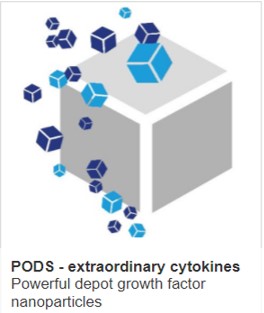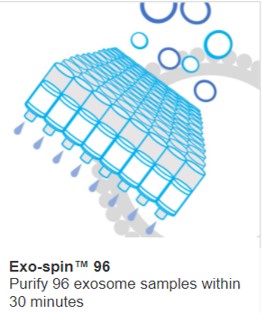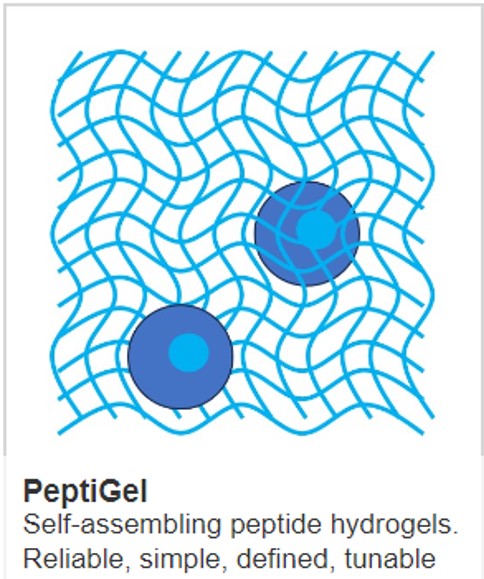The value of karyotype analysis for animal cells

Karyotyping remains an important assay when working with any animal cell. Here we discuss the benefits and limitations.
The field of animal cytogenetics emerged during the 1980s –1990s and developed primarily for livestock breeding purposes to identify carriers of chromosome rearrangements with fertility implications in financially valuable animals. The more recent emergence of cultivated meat and associated evolution in the regulatory guidelines required for the production process is promoting the resurgence of animal karyotyping. For humans, cytogenetic karyotyping also remains the gold standard method for confirming the genetic integrity of induced pluripotent stem cells (iPSCs) and embryonic stem cells (ESCs) within cell banks.
Karyotypes represent all the chromosomes from a cell of a species and each species will have a characteristic number of expected chromosomes each with a distinctive recognizable banding pattern. Karyotyping involves the examination of condensed chromosomes from a metaphase cell and arranging the chromosomes according to size and centromere position.
Karyotyping techniques have developed since the 1950s and have endured partly due to the lack of commercial molecular hybridization options such as array genomic hybridization (AGH) or fluorescent in situ hybridization (FISH) probes for many species. Karyotyping is also more suitable to detect mosaicism within cell lines.
Karyotyping is well developed for farm animals and particularly livestock species associated with food production. Following the lead of a standardized and worldwide nomenclature to describe human chromosomes, an equivalent was established for some species by the introduction of the International System for Chromosome Nomenclature of Domestic Bovids (ISCNDB 2001). Pig, horse, and mouse karyotypes are also clearly established: pigs are particularly straightforward to karyotype with 38 chromosomes and clear distinctive features enabling chromosome identification.
Fish and seafood chromosomes remain a greater challenge for cytogeneticists performing classical G-banding or R-banding analysis. The karyotyping process involves staining of chromosomes, most often with Giemsa or Leishman's stain, to allow visualization of chromosomes using Brightfield microscopy, and imaging systems. A far greater level of examination is possible by the use of a trypsinization step prior to the staining, which produces the characteristic banding patterns associated with each chromosome for a species. When this banding pattern is disrupted, analysts can identify structural rearrangements within each chromosome which may result in imbalance, in addition to overall loss or gain of entire chromosomes.
In mammals and birds, the underlying structure of DNA in terms of arrangement of nucleotides and the isochore structure, underpins the banding process. Light G-bands are thought to be rich in GC nucleotides and contain more euchromatin, while dark G-bands are thought to be rich in AT nucleotides and contain more heterochromatin. G-banding doesn't work in fish because of the homogenization of the overall GC% along fish chromosomes, so staining enables a chromosome count and identification of polyploidy, but the overall information deducible is much reduced.
Different species have different recurrent chromosome abnormalities. Murine stem cells often gain a copy of chromosome 8 or 11 (trisomy 8 or 11) which confers a growth advantage. Cattle have exclusively acrocentric chromosomes which can fuse as part of a Robertsonian translocation. A Robertsonian translocation formed when chromosome 1 and chromosome 29 fuse was identified over 50 years ago, it is found in about 1% of cattle and reduces fertility by 5-10%. Robertsonian translocations are rarer in pigs, but over 130 reciprocal translocations have been catalogued with breakpoints SSC1q21 and SSC7q24 noted as hot spots for breakage.
Whether recurrent chromosome abnormalities are found in cultivated meat iPSCs remains to be seen, and the significance of such abnormalities also remains unknown. As yet, little real-world data has been collected on cells grown for extended periods in Bioreactors, however prolonged passaging of human and mouse iPSCs within culture produces known aberrations which have effects on cell behaviour.
Cell Guidance Systems has offered a karyotyping service for stem cells since 2014 and also offers an animal karyotyping service to aid researchers working in the cultivated meat field or with other projects.
IMAGE An abnormal pig karyotype CREDIt Cell Guidance Systems



